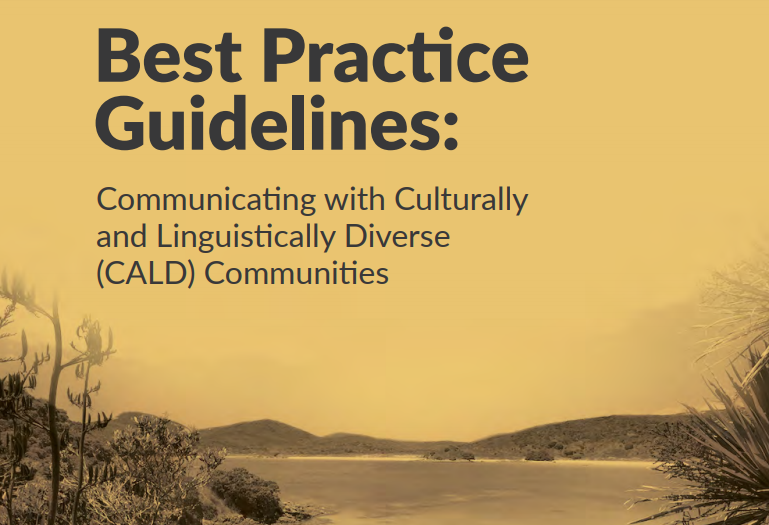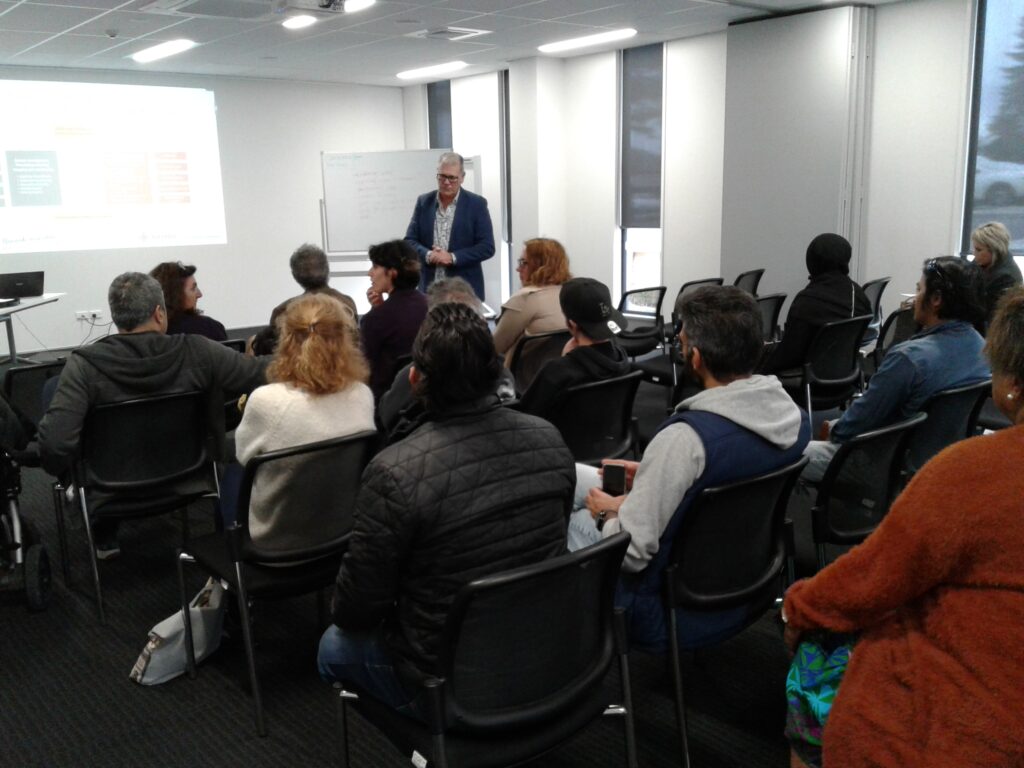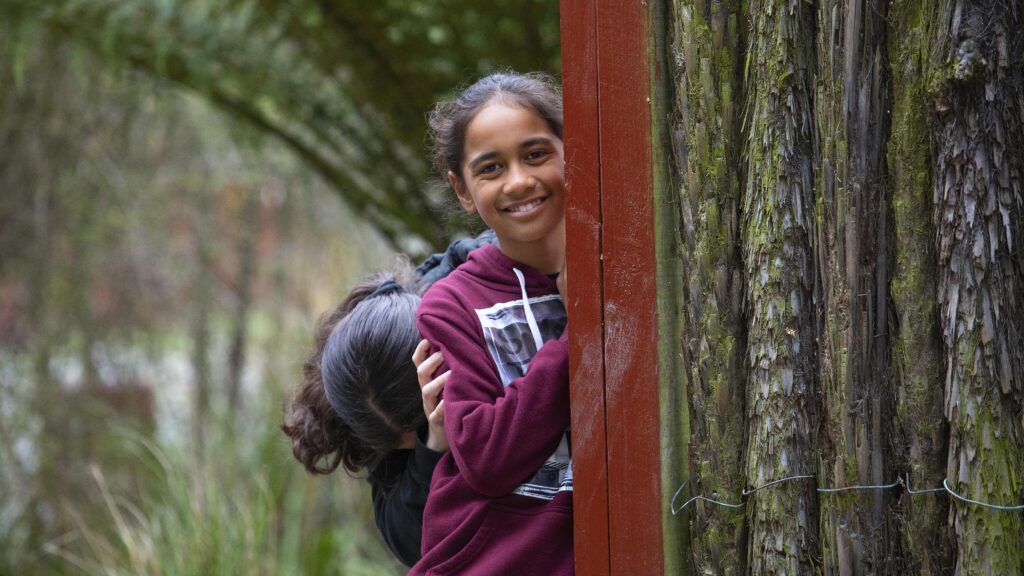CLING’s Best Practice Guidelines for communicating with CALD communities

CLING (Community Languages Information Network Group) has released Best Practice Guidelines for communicating with Culturally and Linguistically Diverse (CALD) communities.
These Guidelines are an update of CLING’s nationally and internationally recognised 2012 Best Practice Guidelines: Communicating with CALD communities in times of disaster, revised to take into account observations and learnings over the past decade. There were three key reasons for undertaking the revision: firstly, the various other disasters which have occurred in Canterbury, including other natural disasters, the mosque terror attacks and the COVID-19 pandemic and lockdowns; secondly, the extended periods of ‘normalcy’; and thirdly, the positive changes in the CALD landscape over this period, including increasing ethnic diversity and increasing recognition and celebration of this diversity.
The Best Practice Guidelines stress the importance of establishing relationships between agencies and CALD communities, as well as the importance of working to best practice at all times.
In addition to setting out the context and rationale for the update, the Guidelines comprise two components: – “Best Practice Guidelines for Agencies” – suggestions to help agencies improve their communication with CALD communities- “Actions” – suggestions of steps we can all take to improve communication.The “Actions” document has been translated into 15 languages, which are available on the CLING website under the “Community” tab.
CLING was formed in the aftermath of the February 2011 earthquake to advocate for improved communication with Culturally and Linguistically Diverse (CALD) communities. It has continued this advocacy work over the past decade.




